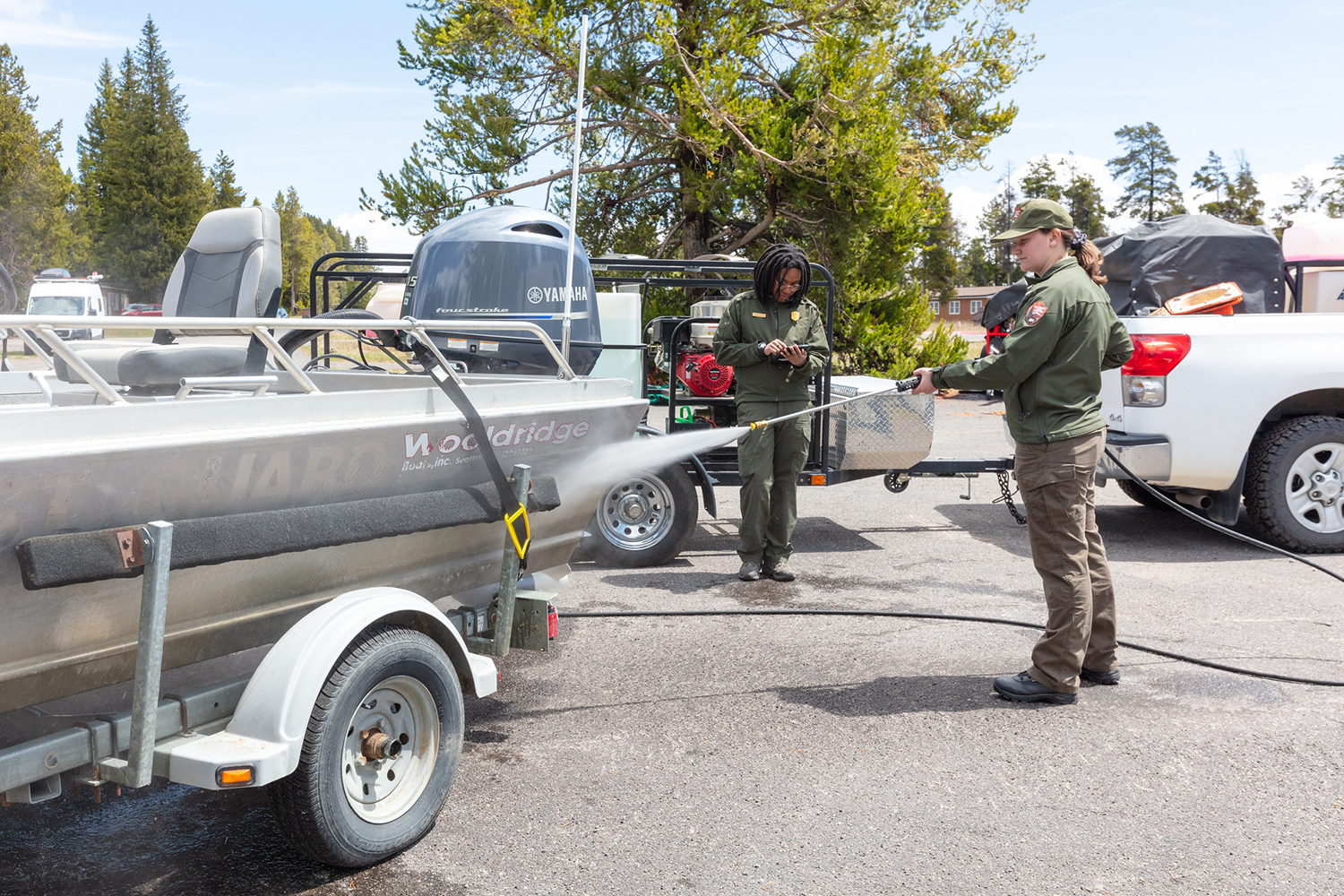Bureau of Alcohol, Tobacco, Firearms and Explosives (ATF) Director Steven Dettelbach and one of the Bureau’s leading firearms “experts” and acting head of the Firearms Ammunition Technology Division (FATD), Chris Bort, appeared on the CBS show, Face the Nation. What was supposed to highlight “deadly weapons” taken off American streets put a spotlight on the lack of knowledge on firearms from the ATF’s top brass.
The interview started with Mr. Dettelbach and Mr. Bort showing CBS reporter Margaret Brennan a fully automatic AK variant and explaining that it cannot be acquired unless people had it before 1986. What the ATF is referring to is the Hughes Amendment that blocks any machine gun produced after April of 1986 from being added to the National Firearms Act (NFA) registry. Machine guns produced before 1986 can still be legally transferred between private citizens with a $200 tax stamp. Dettelbach then showed a semi-automatic version equipped with a bump stock and tried to argue it was the same thing.
Although the ATF now considers bump stocks to be machine gun conversion devices regulated under the NFA, the Fifth Circuit Court of Appeals disagreed with the ATF and sided with Michael Cargill in Cargill v. Garland. That case was argued in front of the Supreme Court of the United States last week, and SCOTUS is expected to hand down an opinion by the end of the year. It seems like the ATF is running a public relations campaign to scare the public.
Mr. Bort seemed not to know how a bump stock worked and could not figure out how to get the bump stock to lock into position. Bort’s department, for many years, held the opinion that bump stocks did not transform semi-automatic firearms into machine guns. After political pressure, the ATF caved and changed its opinion. The fact that Bort seemed unfamiliar with the operations of a bump stock led many to question the competency of FATD.
Ms. Brennan asked Bort if there was any reason to use a bump stock for hunting. Bort said there wasn’t. Bort left out that a gun or accessory doesn’t have to have a hunting purpose. The Second Amendment is not and never has been about hunting, but hunting uses is a piece of propaganda that the anti-gun movement likes to cite even though there is no legal requirement for a firearm accessory to have a “hunting purpose.”
Mr. Dettelbach also showed a short-barreled rifle (SBR) regulated under the NFA and a braced pistol. He was trying to make the point that both firearms were the same. The ATF did try to change the rule to reclassify pistols equipped with stabilizing devices as SBRs, but the courts have been critical of the rule and have blocked its enforcement by the ATF. Pistols equipped with stabilizing braces are currently legal to produce, sell, and own. The only hope for the ATF to save the rule is SCOTUS, but that seems like a long shot.
The trio also tried to demonize 3D printing of firearms and firearms parts. The two ATF members showed a fully automatic AR-15 and then showed the semi-automatic version of the firearms and a “Yankee Boogle.” The Yankee Boogle is a device that can be printed on a 3D printer and dropped into some AR-15 pattern firearms, allowing them to fire automatically. The semi-automatic AR-15 shown was also a privately made firearm, which Dettelbach referred to as a “ghost gun.”
The attempt to scare the public didn’t end with a privately manufactured AR-15. Bort also showed Brennan a Polymer80 equipped with a “Glock switch.” Glock switches are machine gun conversion devices that allow Glock pattern pistols to act as machine guns. During this part of the segment, the “expert” shows his lack of knowledge of firearms. Mr. Bort struggled to remove the slide from a Glock. He then couldn’t get another slide on another Glock-style pistol. Glock pistols are the most popular pistols in the world. They are known for how simple they are to break down. For an ATF firearms “expert” to struggle and eventually give up on taking off the slide is concerning since these are the ATF employees making determinations that could land a person in prison.
Bort then showed a pistol produced on a 3D printer. Many firearms enthusiast have taken up the hobby of 3D printing to design and print their own firearms. Instead of celebrating the ingenuity of these makers, the propaganda piece tried to push the narrative that 3D-printed guns are for criminals. In actuality, some of the most innovative firearm designs are coming from the 3D printing community.
To further support their narrative about guns being the tools of criminals, the ATF showed off flashy firearms intercepted that were allegedly destined for the Mexican drug cartels. Dettelbach claimed that most cartel firearms come from the United States but failed to mention the flow of deadly drugs such as fentanyl and women being trafficked from Mexico into the United States.
The two ATF employees ended the segment by showing a Barrett .50 caliber rifle and a belt-fed M249 and complained that gun stores in border states allow people to purchase firearms with cash. Even when paying with cash, a person still must pass a background check and jump through all the hoops to acquire a firearm from a gun store. The ATF wants gun stores in border states to report cash sales and act as an agent of Big Brother.
The ATF seems to be on a full-blown public relations tour after suffering defeat after defeat in the courts as the number of new gun owners explodes. This desperate attempt at pushing a false narrative to Americans shows that the pro-gun side is not only winning in the courts but is also winning the hearts and minds of the Nation.
About John Crump
John is a NRA instructor and a constitutional activist. Mr. Crump has written about firearms, interviewed people of all walks of life, and on the Constitution. John lives in Northern Virginia with his wife and sons and can be followed on Twitter at @crumpyss, or at www.crumpy.com.






